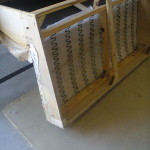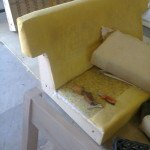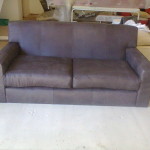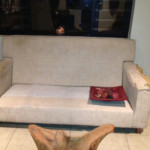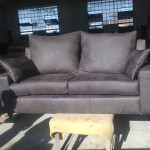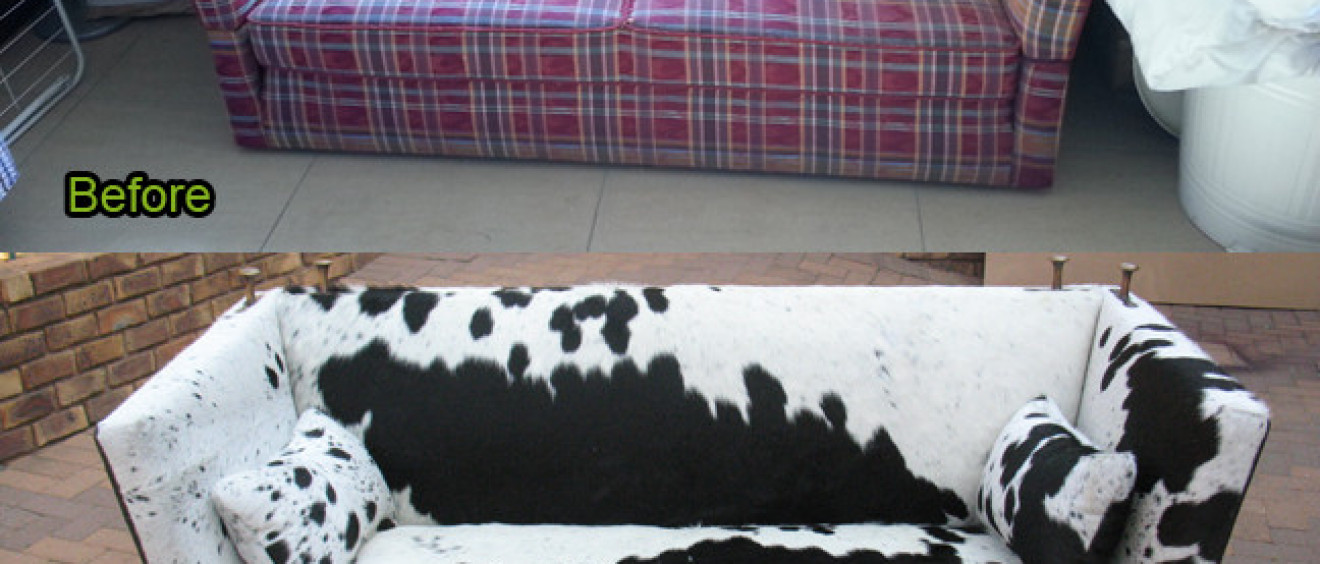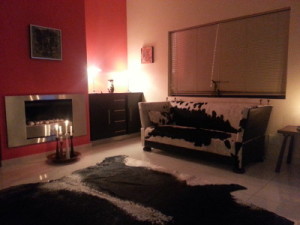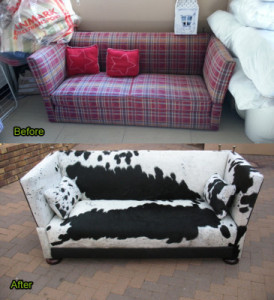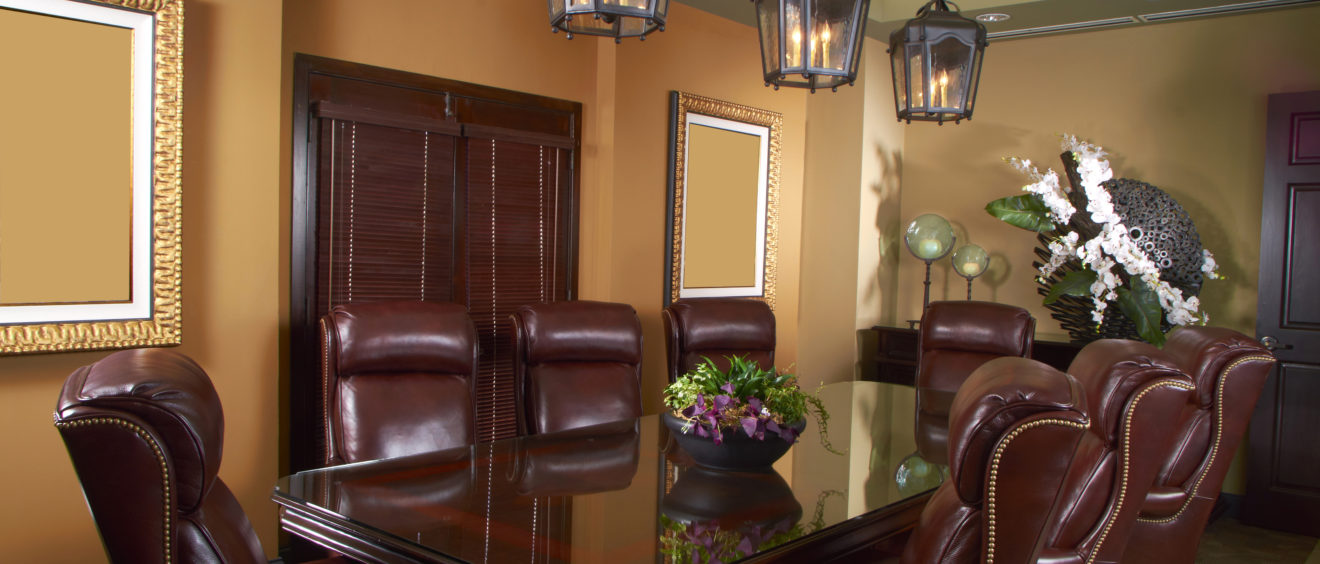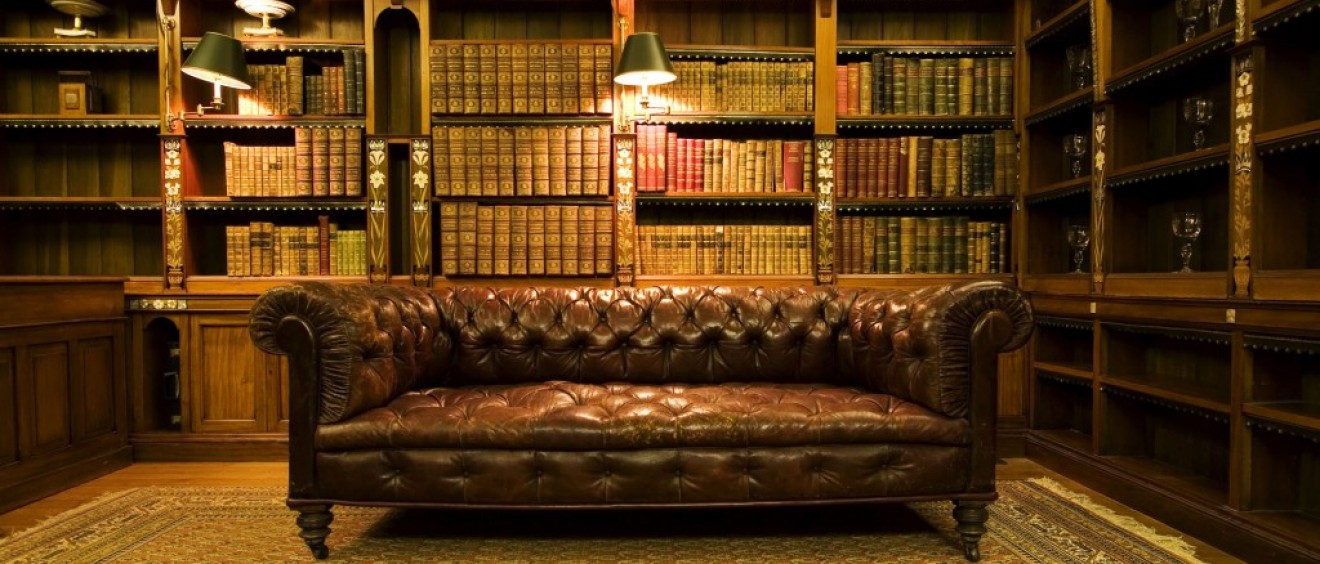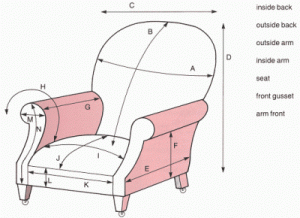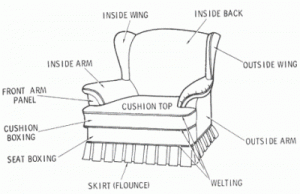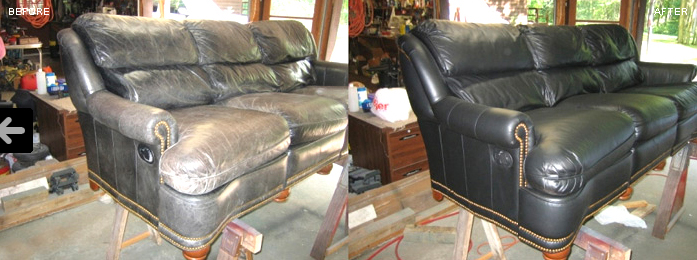DIFFERENT TYPES OF HARDWOODS
Mahogany is finely grained wood with reddish brown color. It is highly durable and can resist swelling, shrinking and warping. It is extensively used for quality furniture such as wooden cabinets, boat construction, wood facings and veneers.
Walnut: has fine texture and is strong, easy to work with. It resists shrinking and warping and can take all types of finishes very well. It is mostly used for making gunstocks, solid and veneered furniture, novelties, cabinetry and wall paneling.
Oak: has good bending qualities apart from being durable. It finishes well and resists moisture absorption. Oak is good for furniture, trimming, boat framing, wooden desks and flooring.
Maple: is a fine textured wood with immense strength and hardness. With moderate shrinkage, maple machines well and is best used in flooring, fine furniture and woodenware such as bowling alleys.
Cherry: is close-grained and as resists warping and shrinking. It gets red when exposed to sunlight. It ages well and is extensively used in cabinet making, boat trim, novelties and solid furniture handles.
Rosewood: is close grained hard wood with dark reddish brown color. It has an exclusive fragrance. It is hard to work upon and takes high polish. It is good for making musical instruments, piano cases, tool handles, art projects, veneers and furniture.
Teak: is a hard and moisture- resistant wood. It resists warping, cracking and decay and is best used in fine furniture, paneling, shipbuilding, doors, window framing, flooring and as a general construction wood.
Shesham: is also known as Indian Rosewood and is a rich medium brown wood with deep grains. It is a fast-growing hardwoods and the functional furniture made from it can deal with everyday stresses and strains without loosing its attractive appearance. It is highly durable, easily carved and is exclusively used for making furniture, particularly almirahs and cabinets.
Types of Softwoods
Pine: has a uniform texture and is very easy to work with. It finishes well and resists shrinkage, swelling and warping. It is widely used in house construction, paneling, furniture, molding and for making wooden boxes.
Hemlock: is lightweight and machines well. It is uniformly textured and has low resistance to decay. It is mainly used for construction lumber, planks, doors, boards, paneling, sub flooring and crates.
Fir: is uniformly textured and has low resistance to decay. It is non-resinous, works easy and finishes well. Fir is used for making furniture, doors, frames, windows, plywood, veneer, general mill work and interior trim.
Redwood: is light, durable and easy to work with. It has natural resistance to decay and is good for making outdoor furniture, fencing, house siding, interior finishing, veneering and paneling.
Spruce: is a strong wood that finishes well and has low resistance to decay. It possesses moderate shrinkage and is light. It is a good option for making masts and spars for ships, aircraft, crates, boxes, general mill work and ladders.
Cedar: is a reddish wood with sweet odor. It is very easy to work with, uniform in texture and is resistant to decay. Cedar is extensively used in chest making, closet lining, shingles, posts, dock planks, novelties and Venetian blinds.
Other Woods
There are many other types of wood that are made by wooden sheeting. These various types are available in thickness ranging from 4 mm to 24 mm.
MDF (Medium Density Fiber Board): is made from powdered wood bonded with glue and compressed to form the sheets. It is quite soft and very easy to work with. It cuts, sands and finishes very easily. It is used widely for interior projects especially for cupboards and shelving.
Chipboard: is made like MDF but from actual wood chips. It is used widely for kitchen furniture for which it is covered with a laminate. It is also used widely for low cost flooring.
Plywood: is made from thin laminates of wood glued together. Each layer is at right angle to the grain of the other. It is very strong but also quite flexible, especially if there are thinner sheets. It is used widely in the building industry.
Wood Properties
Some types of wood are very hard and durable and some are flexible enough to be bent. Furniture wood types like “Hardwood” is one of the common types of wood which is obtained from trees that lose their leaves in winter. The another types of wood for furniture, the “Softwood” is obtained from evergreen trees like fir, pine and redwood. All the woods fall between a range from very soft to very hard.
All types of wood have distinctive grain structure. Woods like white and red oak, ash and walnut have open-pores in the form of small holes on their surface that give a distinct textural quality to furniture pieces like wooden cupboards or wooden wardrobe. When the surface of this wood is stained, the color tends to collect in the “open-pores” and appears darker than the rest of the piece. There are type of wood like maple, alder, and cherry which are tight grained woods. These woods are have smooth texture and can take finish evenly. Apart from grains, one more characteristic of many woods is unique figures on their surface such as quilting, birds-eye, fiddle-back or splatting. These naturally occurring characteristics can make a furniture acquire extra ordinary beauty.
Reference: http://www.verandah-restorations.co.za/blog/types-of-furniture-wood.html

